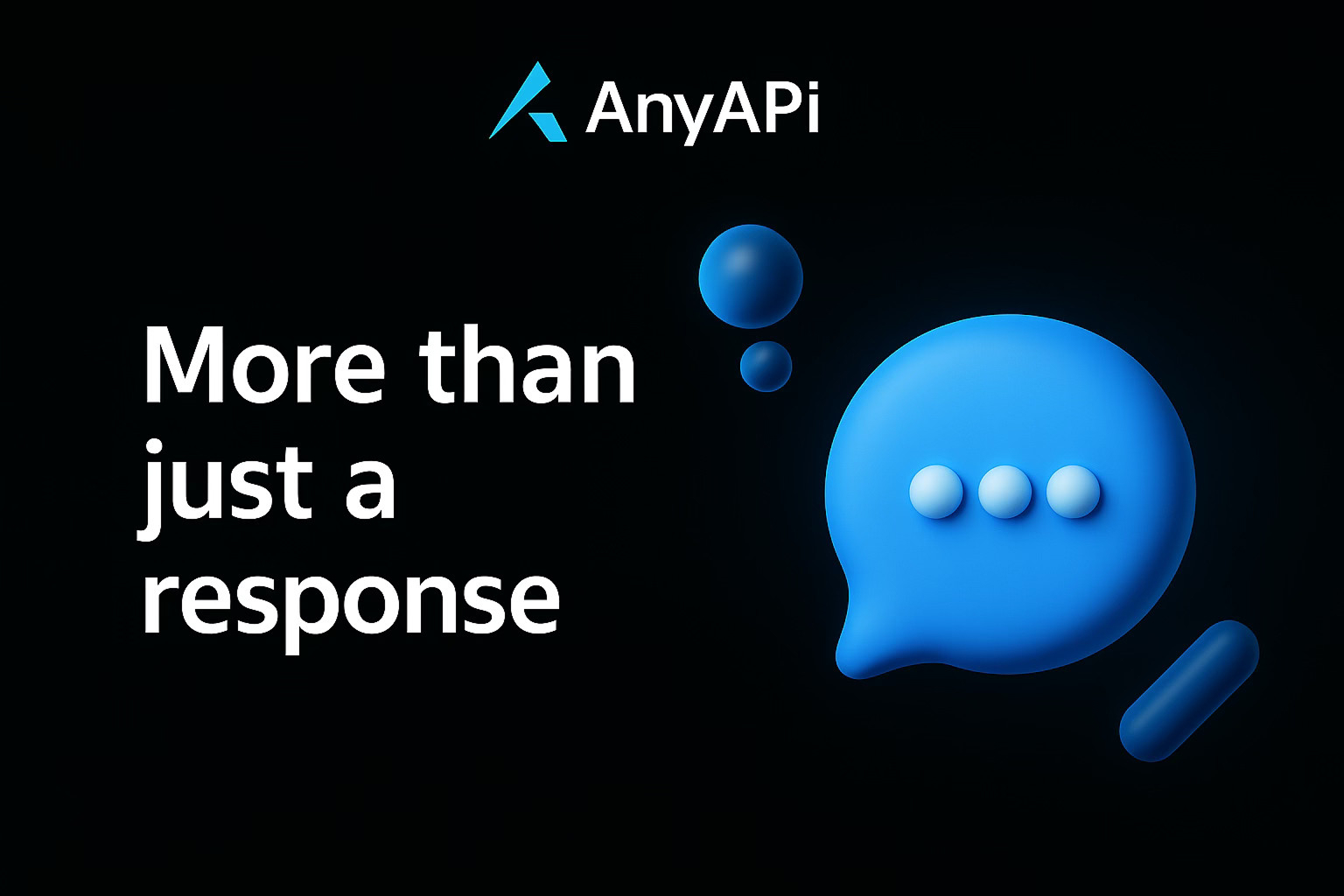From Prompts to Autonomy: A Developer's Guide to AI Agents

It starts with a simple question: Can we build AI tools that do more than just respond?
Developers and product teams are moving beyond static LLM prompts and into agentic systems – tools that can plan, reason, take actions, and even reflect on results.
Whether you're building a personal assistant, an AI researcher, or a customer-facing workflow engine, AI agents unlock a new level of automation and capability. This post explains how they work and how to start building them.
What Is an AI Agent?
An AI agent is a system that can autonomously perceive an environment, decide what to do, and take actions toward a goal.
Unlike traditional prompt/response LLM use, agents:
- Maintain memory or state
- Make decisions over time
- Interact with tools or APIs
- Learn from previous steps
They can run tasks in loops, handle branching logic, and take initiative. In short, agents transform LLMs from passive responders into goal-seeking systems.
Example: Instead of asking "summarize this doc," an agent can break the doc into parts, summarize sections, merge insights, validate, and report back.
Core Components of an AI Agent
Most AI agents have these building blocks:
- Planning Module
Breaks down high-level goals into executable steps. - Memory
Tracks past steps, context, tools used, and outputs. - Action Loop
Executes steps via reasoning or API calls and adapts based on results. - Tools/Functions
External APIs, retrieval functions, database calls, web search, etc. - LLM Backbone
The core language model powering generation, decisions, and communication.
Scenario: A founder builds an agent to monitor user feedback, tag support issues, generate weekly reports, and notify product teams automatically.
Real-World Use Cases for AI Agents
Internal Tools
Build agents to automate operations:
- Daily dashboards
- Status monitoring
- Lead enrichment
- Internal Q&A bots
SaaS Integrations
Embed agents in your product:
- Onboarding copilots
- AI customer support agents
- Sales follow-up bots
Developer Workflows
- Auto-debuggers
- CI/CD checkers
- Code review assistants
Example: A dev tool startup integrates an agent that auto-labels GitHub issues, triages them by priority, and suggests fixes.
Key Technologies for Building Agents
Modern AI agents are powered by a few emerging tools:
- LLM APIs: OpenAI, Claude, Gemini, Mistral
- Agent frameworks: LangGraph, CrewAI, AutoGen, ReAct
- Memory: Vector DBs (Weaviate, Pinecone, Qdrant), Redis
- Function calling: OpenAI tool use, function schemas, JSON mode
- Retrieval (RAG): LlamaIndex, LangChain, custom pipelines
Many builders combine these with traditional software stacks: Python, FastAPI, TypeScript, or cloud functions.
How to Start Building Your First Agent
You don’t need to start with full autonomy. Here’s a simple path:
- Define a goal – e.g. "summarize weekly reports and notify me"
- Design steps – retrieval → summarization → email
- Choose a framework – LangGraph, CrewAI, custom
- Use an LLM with function calling
- Add memory if needed for cross-task state
- Test in a loop, refine based on feedback
Start small, then expand to add branching, retries, tool chaining, and evaluation.
Agents Are the Next Phase of LLM Apps
Prompt engineering was step one. Retrieval-augmented generation (RAG) was step two.
Agents are step three: persistent, goal-driven AI systems that can truly do things.
You don’t need to reinvent the wheel to build one. Use today’s tools and models. Focus on use cases where memory, iteration, and tooling matter.
At AnyAPI, we’re building the infrastructure to support LLM-based agents at scale – with routing, observability, and multi-model support so you can build smart, reliable systems.





